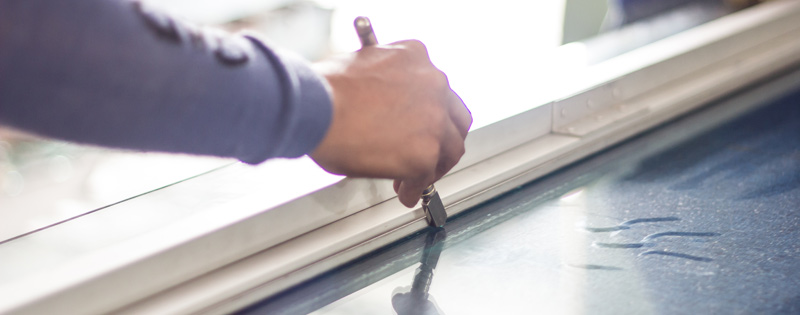
Lead Glass Sizing
GENERAL: LEAD GLASS is used in medical in industrial applications so that the equipment operator can view the part or patient without being exposed to radiation. In most cases, the radiation attenuations of the glass must be at least equal to the wall in which the window is located. It is also recommended by the nuclear regulatory commission that a lead glass windows be at least 18″ from the end of the operator control wall to insure the technician is fully protected.
HOW HIGH? Since all human eyes are 5″ to 6″ below the top of the head, an upper height of 6’8″ above the floor will accommodate individuals ‘6’6″ tall.>
HOW LOW?
STANDING * A bottom height of 54″ will accommodate individuals 5’0″ tall, therefore a windows 18″ high will handle personnel 5’0″ to 6’6″ tall. Examples of STANDING include Chest Room, Radiographic, Tomographic and R.F.
SEATED / STANDING * with equipment at desk height of 30″, a lower window height of 36″ should be acceptable for nearly all persons. If consoles are located at the counter height of 40″, the view window bottom should be raised so wiring is not seen from the exam room. Examples include C.T. Scan, Angiography, Remote R/F, Cardiac Cath, Special Procedures etc.
HOW WIDE?The view windows should not be wider than required for the operator and observers to comfortably view the patient and equipment associated with the exam. The width will vary with the type of exam room and the lateral area required to visualize all associated equipment.
SPECIAL CONSIDERATIONS:
-
Since there are no domestic manufacturers of these products, it is most economical to order in standard stock sizes.
-
To preclude having to cut the window, it is good policy to oversize the frames by 1/8″ to 1/4″ or purchase the frames from the glass supplier to limit division of responsibility with regard to fit of the glass to frame.
-
Extra wide windows can be made up of frames to accommodate multiple panes. Be sure that any mullion is also leaded.


